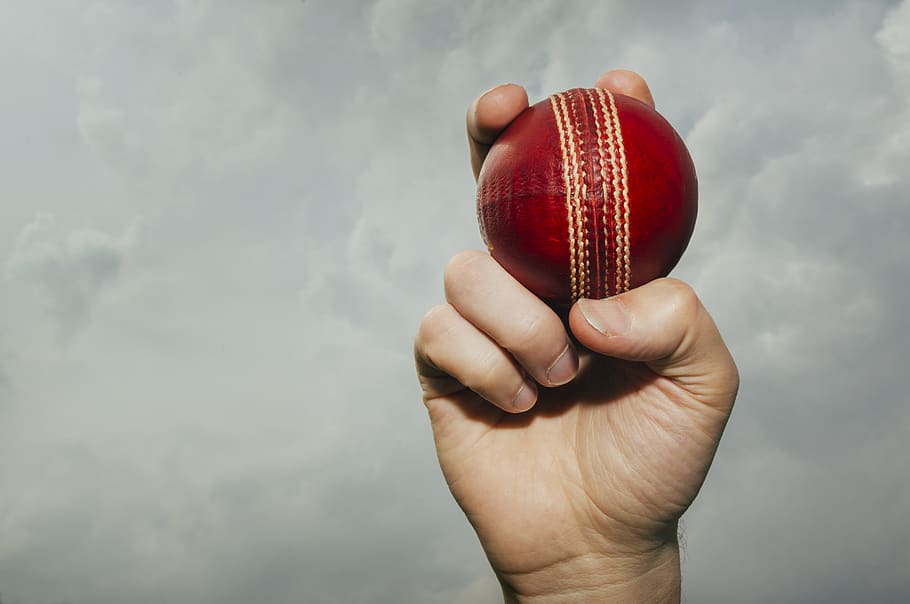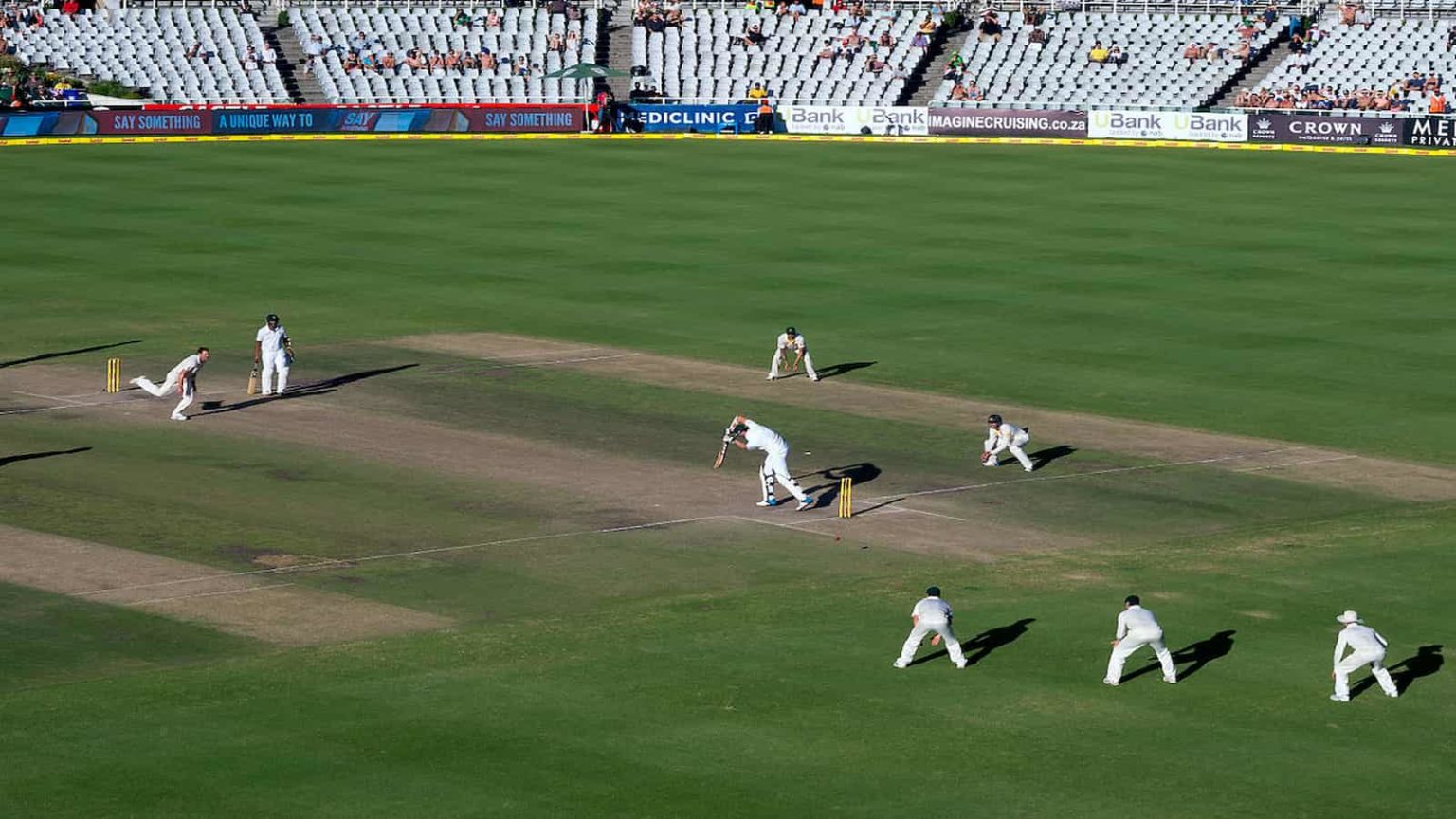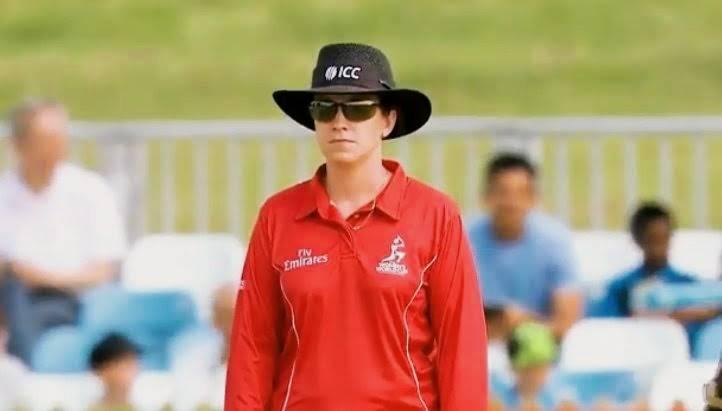As a cricket enthusiast, I know that mastering the art of swinging the ball can be a game-changer in the sport. Not only does it make the game more exciting, but it also adds an element of surprise to your bowling. However, swinging the ball is not an easy skill to master, and it requires a lot of practice and patience.
In this article, I will share some tips and tricks that I have learned over the years to help you unleash your cricket bowling skills and master the art of swinging the ball. We will cover everything from the basics of grip and release to more advanced techniques such as reverse swing. Whether you are a beginner or an experienced player, this article will provide you with the knowledge and tools you need to take your cricket game to the next level. So, let’s get started!
Understanding Cricket Bowling Basics
As a bowler, it is essential to understand the basic principles of cricket bowling. Bowling is an art that requires skill, precision, and technique. In this section, I will discuss the fundamental principles of cricket bowling.
Grip
The grip is an essential factor in cricket bowling. It determines the trajectory of the ball and the type of spin. The most common grip is the four-finger grip, where the ball is held with the index and middle fingers on one side and the ring and little fingers on the other side. The thumb is placed underneath the ball to provide support.
Run-Up
The run-up is the approach a bowler takes before delivering the ball. It is crucial to have a consistent and smooth run-up to maintain accuracy and momentum. The length and speed of the run-up depend on the bowler’s preference and the type of delivery.
Delivery Stride
The delivery stride is the final step before releasing the ball. It is essential to have a balanced and controlled delivery stride to maintain accuracy and avoid overstepping. The delivery stride should be in line with the stumps and the non-bowling arm should be used for balance.
Bowling Action
The bowling action is the movement of the bowler’s body during the delivery. It is essential to have a smooth and consistent bowling action to maintain accuracy and avoid injuries. The bowling action should be natural and not put any undue strain on the body.
Types of Deliveries
There are various types of deliveries in cricket, including fast bowling, swing bowling, spin bowling, and seam bowling. Each type of delivery requires a different technique and grip. It is essential to master the basics of each type of delivery before moving on to more advanced techniques.
In conclusion, understanding the basics of cricket bowling is essential for any aspiring bowler. By mastering the grip, run-up, delivery stride, bowling action, and types of deliveries, you can unleash your cricket bowling skills and become a master of swinging the ball.
Mastering the Grip
To swing the ball, mastering the grip is essential. A good grip can help you control the swing, the pace, and the direction of the ball. Here are some tips to help you master the grip:
- Hold the ball with your fingers, not your palm. Use your index and middle fingers to grip the ball, and your thumb to support it.
- Make sure the seam is perpendicular to your fingers. The seam is the line that runs along the circumference of the ball. The grip should be such that the seam is perpendicular to your fingers.
- Place your fingers close to the seam. The closer your fingers are to the seam, the more control you will have over the swing.
- Use your ring finger for support. Your ring finger should be placed on the other side of the ball, to provide support and stability to the grip.
- Experiment with different grips. There are various types of grips that can be used to swing the ball, such as the conventional grip, the reverse grip, and the knuckle grip. Experiment with different grips to find the one that suits you the best.
- Practice, practice, practice. Mastering the grip takes time and practice. Keep practicing until you find the grip that works for you.
By mastering the grip, you can take the first step towards becoming a skilled swing bowler.
Perfecting the Run-Up
As a bowler, the run-up is one of the most crucial aspects of your technique. It sets the foundation for your delivery stride, which ultimately determines the accuracy and pace of your delivery. Here are a few tips on how to perfect your run-up:
- Find your natural rhythm: The run-up should feel smooth and natural, almost like a dance. Take some time to experiment with different lengths and strides until you find a rhythm that feels comfortable and natural for you.
- Focus on your footwork: Make sure your footwork is precise and consistent. This means taking the same number of steps every time and planting your front foot in the same spot on the crease. Consistency in your footwork will help you maintain a consistent line and length.
- Keep your head still: It’s important to keep your head still throughout the run-up. This will help you maintain your balance and focus on your target.
- Maintain your momentum: As you approach the crease, make sure you maintain your momentum by keeping your arms and body moving forward. This will help you generate more pace and power in your delivery stride.
- Practice, practice, practice: The run-up is something that requires a lot of practice to perfect. Make sure you spend plenty of time practicing your run-up in the nets, and don’t be afraid to experiment with different techniques until you find what works best for you.
By focusing on these key elements of your run-up, you can set yourself up for success and master the art of swinging the ball.
Swinging the Ball: An Art

Swinging the ball is an art that requires a combination of skill, technique, and practice. It is a crucial aspect of cricket bowling that can make the difference between winning and losing a match. As a bowler, I have learned that mastering the art of swinging the ball can be challenging, but it is not impossible.
To swing the ball, the bowler needs to create a difference in air pressure on either side of the ball. This difference in pressure causes the ball to move in the air towards the side of lower pressure. The direction of the swing depends on the orientation of the seam, the speed of the ball, and the atmospheric conditions.
There are two types of swing that a bowler can achieve – in-swing and out-swing. In-swing is when the ball moves towards the batsman, while out-swing is when the ball moves away from the batsman. Both types of swing can be devastating for the batsman if executed correctly.
To achieve in-swing, the bowler needs to hold the ball with the seam upright and angled towards the leg side. The bowler then needs to release the ball with a flick of the wrist, imparting spin on the ball towards the leg side. This spin causes the ball to move inwards towards the batsman.
To achieve out-swing, the bowler needs to hold the ball with the seam upright and angled towards the off-side. The bowler then needs to release the ball with a flick of the wrist, imparting spin on the ball towards the off-side. This spin causes the ball to move away from the batsman.
It is important to note that swinging the ball requires a lot of practice and patience. The bowler needs to experiment with different grips, angles, and speeds to find what works best for them. Additionally, the atmospheric conditions such as humidity, wind, and temperature can also affect the swing of the ball.
In conclusion, swinging the ball is an art that requires a combination of skill, technique, and practice. It is a crucial aspect of cricket bowling that can make the difference between winning and losing a match. As a bowler, I have learned that mastering the art of swinging the ball takes time and dedication, but the rewards are worth it.
Mastering In-Swing and Out-Swing
In-Swing Technique
To master the art of in-swing, I focus on the following key techniques:
- Grip: I hold the ball with a cross-seam grip, with the shiny side facing the leg side.
- Run-up: I take a few quick steps, building up momentum, before releasing the ball.
- Release: I release the ball with a flick of the wrist, ensuring that the seam is pointing towards first slip.
- Follow-through: I follow through with my arm and body, ensuring that my weight is transferring towards the batsman.
By practicing this technique regularly, I have been able to consistently swing the ball inwards towards the batsman, making it difficult for them to play.
Out-Swing Technique
To master the art of out-swing, I focus on the following key techniques:
- Grip: I hold the ball with a cross-seam grip, with the shiny side facing the off side.
- Run-up: I take a few quick steps, building up momentum, before releasing the ball.
- Release: I release the ball with a flick of the wrist, ensuring that the seam is pointing towards third slip.
- Follow-through: I follow through with my arm and body, ensuring that my weight is transferring away from the batsman.
By practicing this technique regularly, I have been able to consistently swing the ball outwards away from the batsman, making it difficult for them to play.
Overall, mastering in-swing and out-swing requires a combination of technique, practice, and experience. With dedication and hard work, any aspiring bowler can develop these skills and become a formidable force on the cricket field.
Advanced Bowling Techniques
As an experienced bowler, I have learned a few tricks that have helped me take my game to the next level. Here are some advanced bowling techniques that will help you become a master of the art of swinging the ball.
Reverse Swing
Reverse swing is a technique that can be used to deceive the batsman. It involves making the ball swing in the opposite direction to what the batsman expects. To achieve reverse swing, you need to rough up one side of the ball by rubbing it on the ground or your clothes. Then, you need to bowl with a slightly older ball, around 40-50 overs old. Make sure the rough side is facing the batsman, and the shiny side is facing the wicketkeeper. With the right technique, the ball will start to swing in the opposite direction, making it difficult for the batsman to play.
Yorker
A yorker is a delivery that is aimed at the batsman’s feet. It is one of the most difficult deliveries to play, as it is hard to get under the ball and hit it for a boundary. To bowl a yorker, you need to aim for the base of the stumps and release the ball with a full wrist action. Make sure you are bowling with a slightly older ball, as a new ball will not swing as much and will be easier to hit.
Bouncer
A bouncer is a short-pitched delivery that is aimed at the batsman’s head. It can be used to intimidate the batsman and force them to play defensively. To bowl a bouncer, you need to aim for the batsman’s head and release the ball with a high arm action. Make sure you are bowling with a new ball, as an older ball will not bounce as much and will be easier to hit.
Slower Ball
A slower ball is a delivery that is bowled at a slower pace than the batsman expects. It can be used to deceive the batsman and force them to mistime their shot. To bowl a slower ball, you need to grip the ball with your fingers on top of the seam and release the ball with a flick of your wrist. Make sure you are bowling with a new ball, as an older ball will not grip the pitch as much and will be easier to hit.
By mastering these advanced bowling techniques, you can become a formidable bowler and take your game to the next level. Remember to practice these techniques regularly and to stay focused on your technique and execution.
Maintaining Fitness for Bowling
As a bowler, maintaining fitness is crucial to be able to perform at your best. It not only helps you to avoid injuries but also enables you to bowl with more power and accuracy. Here are some tips on how to maintain your fitness for bowling:
Cardiovascular Exercise
Cardiovascular exercise is crucial for improving your stamina, which is essential for bowling. I recommend doing at least 30 minutes of cardio exercise, such as running, cycling, or swimming, three to four times a week. You can also try high-intensity interval training (HIIT) to improve your endurance.
Strength Training
Strength training is essential for building muscle, which is crucial for generating power in your bowling action. I recommend doing strength training exercises, such as squats, lunges, and deadlifts, two to three times a week. You can also use resistance bands to improve your strength.
Flexibility Training
Flexibility training is crucial for preventing injuries and improving your range of motion. I recommend doing stretching exercises, such as hamstring stretches, quad stretches, and shoulder stretches, before and after bowling. Yoga is also an excellent way to improve your flexibility.
Proper Nutrition
Proper nutrition is essential for maintaining your fitness and improving your performance. I recommend eating a balanced diet that includes plenty of protein, carbohydrates, and healthy fats. You should also stay hydrated by drinking plenty of water throughout the day.
Rest and Recovery
Rest and recovery are crucial for allowing your body to recover and repair after bowling. I recommend getting at least seven to eight hours of sleep each night and taking rest days to allow your body to recover. You can also try using foam rollers or massage balls to help with muscle soreness.
By following these tips, you can maintain your fitness for bowling and improve your performance on the field. Remember to always listen to your body and adjust your training accordingly.
Understanding the Rules and Regulations
As a cricket bowler, it’s important to have a solid understanding of the rules and regulations of the game. This will not only help you avoid penalties but also ensure that you are playing within the boundaries of the game.
Firstly, it’s important to note that there are different formats of cricket, such as Test cricket, One Day Internationals (ODIs), and Twenty20 (T20) cricket. Each format has its own set of rules and regulations, so it’s important to familiarize yourself with the specific rules of the format you’ll be playing.
In terms of the bowling rules, the main objective is to deliver the ball from behind the popping crease and bowl it towards the batsman. The bowler must not bowl a no-ball, which is when the front foot lands beyond the crease or if the ball bounces more than once before reaching the batsman.
The bowler is also not allowed to bowl a wide, which is when the ball passes outside the batsman’s reach and outside the wide crease marking. Additionally, the bowler is not allowed to bowl a full toss above waist height.
It’s important to note that there are different fielding restrictions depending on the format of cricket being played. For example, in T20 cricket, there are more restrictions on the number of fielders allowed outside the inner circle.
Overall, understanding the rules and regulations of cricket is essential for any bowler looking to improve their skills and succeed on the field. By playing within the boundaries of the game, you’ll be able to avoid penalties and focus on honing your craft.
Conclusion
In conclusion, mastering the art of swinging the ball is no easy feat, but with the right techniques and consistent practice, anyone can improve their cricket bowling skills. Throughout this article, I have shared various tips and tricks that can help you swing the ball effectively and deceive the batsman.
Remember, it’s not just about the grip or the release of the ball, but also about understanding the conditions, the pitch, and the batsman’s weaknesses. By analyzing these factors, you can adjust your bowling style and increase your chances of taking wickets.
Additionally, it’s important to focus on your fitness and strength training, as well as mental preparation. A confident and focused mindset can make all the difference in your performance on the field.
Lastly, don’t be afraid to experiment with different techniques and seek feedback from coaches and teammates. Every player has their own unique style and strengths, so find what works best for you and continue to refine your skills.
With dedication and hard work, you can unleash your cricket bowling skills and become a valuable asset to your team.



